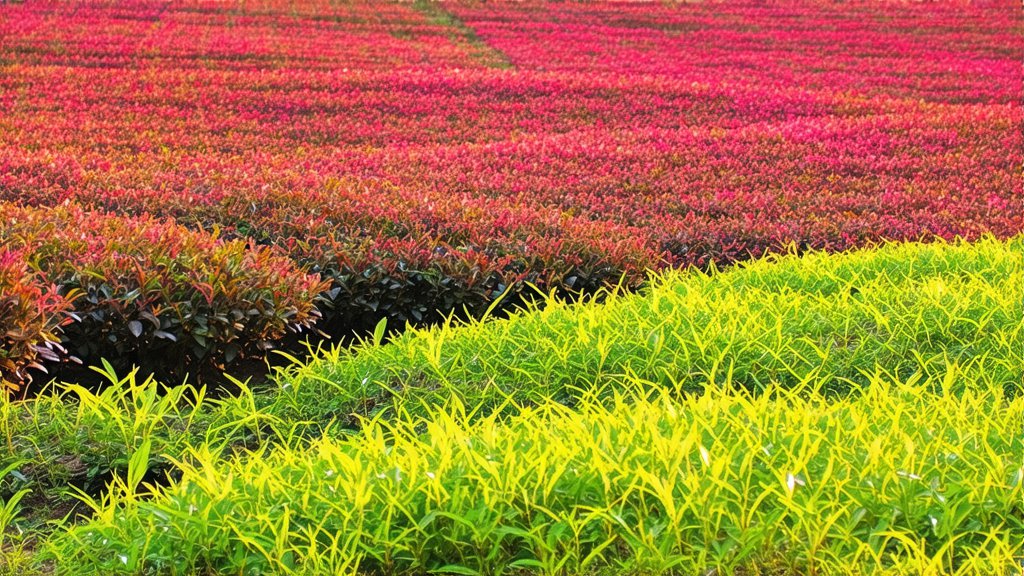
In the vast and diverse world of tea, few varieties captivate the senses and intrigue the mind quite like Junshan Yinzhen, a distinguished member of China's revered Yellow Tea (Huangcha) family. This exquisite tea, originating from the picturesque Junshan Island in Hunan Province, boasts a history steeped in tradition, a unique processing method that sets it apart, and a flavor profile that is both subtle and complex.
Historical Roots
The tale of Junshan Yinzhen begins in the misty mountains and rolling hills of Junshan Island, an oasis amidst the vast Dongting Lake. Its cultivation dates back over a thousand years, with records indicating its presence during the Tang Dynasty (618-907 AD). Legend has it that this tea was once reserved exclusively for imperial consumption, a testament to its esteemed status and unparalleled quality. Over centuries, Junshan Yinzhen has not only survived but thrived, becoming a symbol of China's rich tea heritage and a cherished part of its cultural fabric.
Varieties within the Yellow Tea Family
While Junshan Yinzhen stands out among the limited number of yellow teas produced globally, it shares this category with a handful of other notable varieties such as Mengding Huangya from Sichuan and Houhuo Huang Ya from Anhui. Each of these teas undergoes a similar yet distinctive process that transforms green tea leaves into their characteristic yellow hue, imparting unique flavors and aromas. Junshan Yinzhen, however, is particularly renowned for its fine, tender buds and downy white hairs, which contribute to its exceptional delicacy and sweetness.
The Art of Processing
The magic of Junshan Yinzhen lies in its meticulous craftsmanship. Harvested in early spring when the first tender shoots emerge, the tea undergoes several stages of transformation:
- Fixation: Freshly picked leaves are gently heated to halt oxidation, preserving their vibrant green color and fresh aroma.
- Sweating: This unique step involves wrapping the leaves in cloth or paper bundles, allowing them to steam slightly and initiate a controlled oxidation process. This stage turns the leaves yellow and develops the tea's signature flavor profile.
- Drying: Finally, the leaves are slowly dried to remove excess moisture while retaining their delicate texture.
This careful balance of heating and controlled oxidation is what differentiates Junshan Yinzhen from other teas, creating its pale golden liquor and smooth, mellow taste.
A Symphony of Flavors: The Tea Tasting Experience
To truly appreciate Junshan Yinzhen, one must engage in a ritual that honors its nuances. Begin by selecting a transparent glass cup to observe the tea's graceful dance as it unfurls. Use water heated to approximately 80°C (176°F) to preserve the tea's subtle flavors. Add a small amount of leaves, around 2-3 grams per 200ml of water, and let them steep for about 2-3 minutes.
As you lift the cup, take a moment to inhale the gentle aroma—a blend of sweet hay, fresh grass, and a hint of floral notes. The first sip reveals a silky texture and a harmonious balance between sweetness and slight astringency. Subsequent infusions will unveil deeper layers of flavor, showcasing the tea's complexity and longevity.
Conclusion
Junshan Yinzhen is more than just a beverage; it embodies the essence of China's ancient tea traditions and the artistry of tea making. Its journey from the misty mountains of Junshan Island to your cup is a testament to the dedication and skill of generations of tea farmers and artisans. For those seeking a tea experience that transcends the ordinary, Junshan Yinzhen offers a window into the soul of Chinese tea culture, inviting you to savor each sip and relish the tranquility it brings.